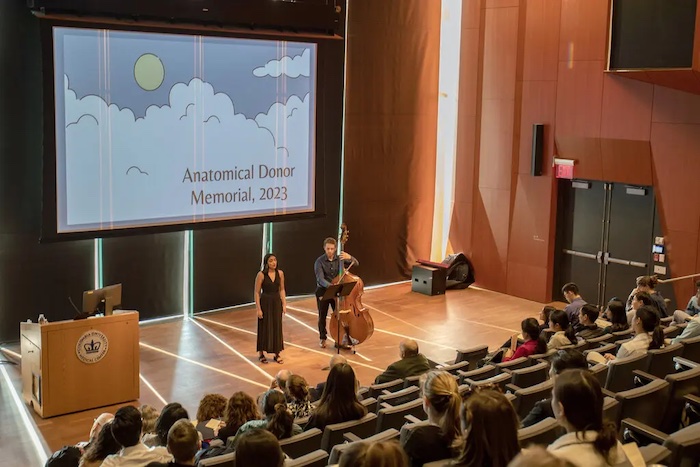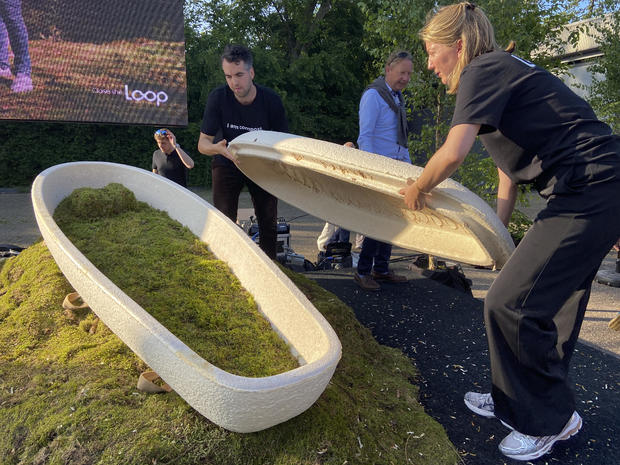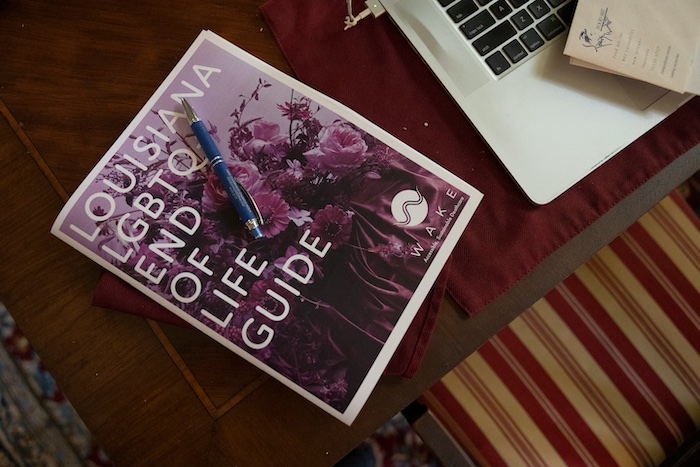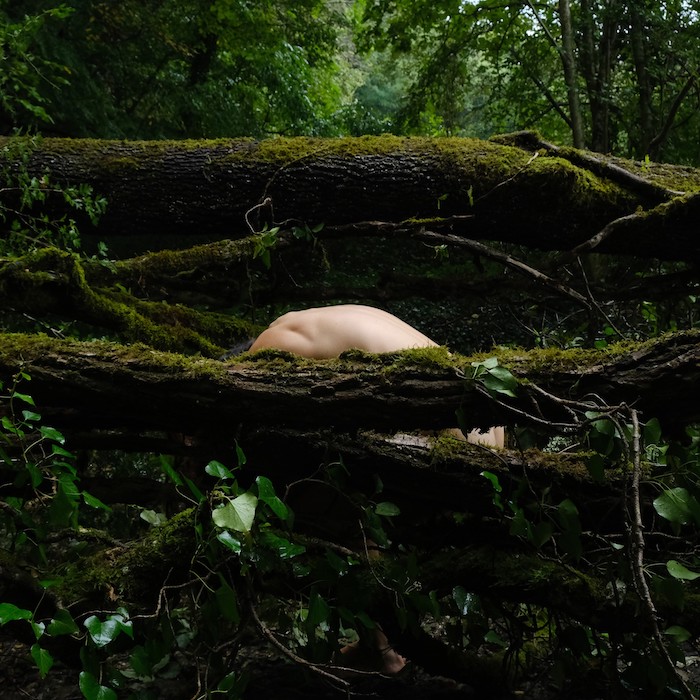— Gratitude ceremonies give students and faculty members a chance to recognize the sacrifice of those who gave their bodies for medical research and education, and the loved ones they left behind.

By April Rubin
A solemn gathering at Columbia University last month had the trappings of a traditional memorial service. Students and faculty members performed music and gave speeches. The university’s chaplain closed the ceremony with a reflection.
But there was one key difference: No one in the room had ever met the people whose lives were being honored. The attendees were all students and faculty members at Columbia’s medical school, and they were gathered to show gratitude for the people who had donated their bodies for the students to study in the anatomy lab.
“Who were they before?” said Bree Zhang, a first-year dental student. “A parent, a child, a co-worker, a friend? What books did they read? How is their family doing now, and do they know how much their loved one has given me and the rest of us?”
Similar scenes played out across the country this spring as medical, dental and physical therapy students assembled to offer tributes to whole-body donors and their families. At the ceremonies, students perform music, light candles, read letters and share art. (A heart diagram from Ms. Zhang’s anatomy studies, overlaid with her whimsical drawings of books, tree roots and human figures, was projected behind her as she spoke at Columbia.) A nondenominational spiritual leader often plays a role. Sometimes a tree designation or an offering of flowers to a donor’s family is included.

It is not clear how many people in the United States donate their bodies for medical research and education, though estimates suggest that about 20,000 people or their families do so each year. Criteria vary by program and by state; generally anyone over 18 can become a donor, though people with certain transmissible diseases, such as hepatitis B or C, tuberculosis, H.I.V. or AIDS, are typically excluded. Many programs also exclude bodies that have been autopsied or have had organs removed for donation.
Even with the introduction of elaborate 3-D visualization software, dissection remains a cornerstone of a medical education for most first-year students, as it has for centuries. Students spend months methodically studying the structures of the body, including organs, tendons, veins and tissue. The experience teaches more than the foundations of medicine. Treating the donor, who is viewed as a doctor’s first patient, with respect and care gives students a grounding in ethics and professionalism, said Joy Balta, the chair of the American Association for Anatomy’s human body donation committee.
Recognizing a sacrifice
Body donation is a selfless act by the donors, as well as by their families, who can wait as long as a couple of years to receive the ashes. The memorials, often called ceremonies of appreciation or gratitude, recognize the sacrifice.
“You’re able to think about the donor that you’ve been working with,” said Dr. Balta, who is also the director of the Anatomy Learning Institute at Point Loma Nazarene University in San Diego. “These are people,” he added, “that donated their bodies, that wanted you to work with them to improve science and health care.”
The Vagelos College of Physicians and Surgeons at Columbia began hosting a donor gratitude ceremony in the late 1970s as a way of marking an experience that “is very difficult for some students and really transformative,” said Paulette Bernd, who runs the school’s clinical gross anatomy course.

Relatives of the donors are invited to the events at some schools. At others, the ceremonies are only for students and faculty members, an extension of the anonymity that is provided to the donors in the lab. At Brown University, for instance, only a donor’s age, cause of death, marital status and occupation are shared with students, and the donor’s hands and faces are covered for much of the process.
“The bodies go through this whole process of being de-identified,” said Nidhi Bhaskar, a first-year medical student who helped coordinate a gratitude ceremony at Brown this month. “And this is a really great way to re-humanize them. We take into account the very real gift they left, and the family members who are still processing their loss.”
The anatomy lab can be a fraught experience for medical students, for whom “it may be their first experience where they’re dealing with death and dying,” said Dr. Daniel Topping, a clinical associate professor in the department of anatomy and cell biology at the University of Florida College of Medicine.
Abby Carey-Ewend, a second-year student at the Washington University School of Medicine in St. Louis, remembers being incredibly nervous about it.
“But when I started it,” she said, “I realized that it was really a phenomenal opportunity to be able to work with three other students and one donor, and to really learn the intricacies of the human body from something beyond a textbook or videos.”
Ms. Carey-Ewend helped plan the appreciation ceremony for her medical program, which was held in April. A priority, she said, was acquainting family members of the donors with the campus community and the students their loved ones had helped educate.
‘I knew she was helping somebody.’
Among the guests at the ceremony at Washington University was Regina Dunn. When her mother, Louise Dunn, died in July at 90, she was too distraught to plan a funeral. The donor remembrance was Louise Dunn’s first memorial service, she said.
“They just made you feel so comfortable,” Regina Dunn said of the students. “And a lot of people wanted that closure.”
Louise Dunn, who opened a modeling school for women of color in St. Louis in 1960, was driven throughout her life by a desire to help people, her daughter said. So it was not surprising that she wanted to continue to help others after her death, Ms. Dunn said, even if some of her survivors had to overcome a degree of apprehension over her decision to donate her body to science.

Regina Dunn said that a Black student told a friend who accompanied her to the ceremony that having a Black donor in the lab, when most donors are white, had a profound impact.
“I felt honored, I really did,” Ms. Dunn said, “because I knew she was helping somebody.”
For the family of Michael Haas, who donated his body to the Indiana University School of Medicine, a gratitude ceremony last month was a full-circle moment in several ways.
It was held on April 16, four days before the anniversary of Mr. Haas’s death, his wife, Molly Haas, said. The ceremony was held on the university’s campus in Bloomington, Ind., where the couple were engaged in 1970. The families received white and red carnations; Ms. Haas recalled that her husband always bought her red carnations.
Both decided to donate their bodies in 2012, around the time that the symptoms of Mr. Haas’s Alzheimer’s disease began to show. For Mr. Haas, a former social worker and Episcopal priest, becoming a whole-body donor was a way of extending a lifelong mission of service, his wife said.
“His values, his ethics were always very generous,” Ms. Haas said.
‘A great sense of gratitude’
The appreciation ceremonies are typically planned by students, but they also give the faculty members who run the anatomy labs a way of processing their relationships with the people who donate their bodies for medical education.
“I feel a great sense of gratitude and responsibility and honor every time I’m around a donor,” said Dr. Topping, of the University of Florida. “It’s a very sacred thing for me.”
When the Zucker School of Medicine at Hofstra University, on Long Island, made its gratitude ceremony a virtual event during the coronavirus pandemic, it allowed donor relatives from across the country and around the world to participate, said Robert Hill, an associate professor. In 2020, relatives of one donor logged on from India, he said.

Nirusha Lachman, the chair of the department of clinical anatomy at the Mayo Clinic College of Medicine and Science, attended her first gratitude ceremony about 40 years ago when she was a student in South Africa, and she has since spoken at several.
The gatherings, she said, serve to drive home the point that donors live on through the education that their bodies have provided.
“You want this to resonate, even with the families,” Dr. Lachman said, “that death was not the end for their loved ones.”
Complete Article ↪HERE↩!






















